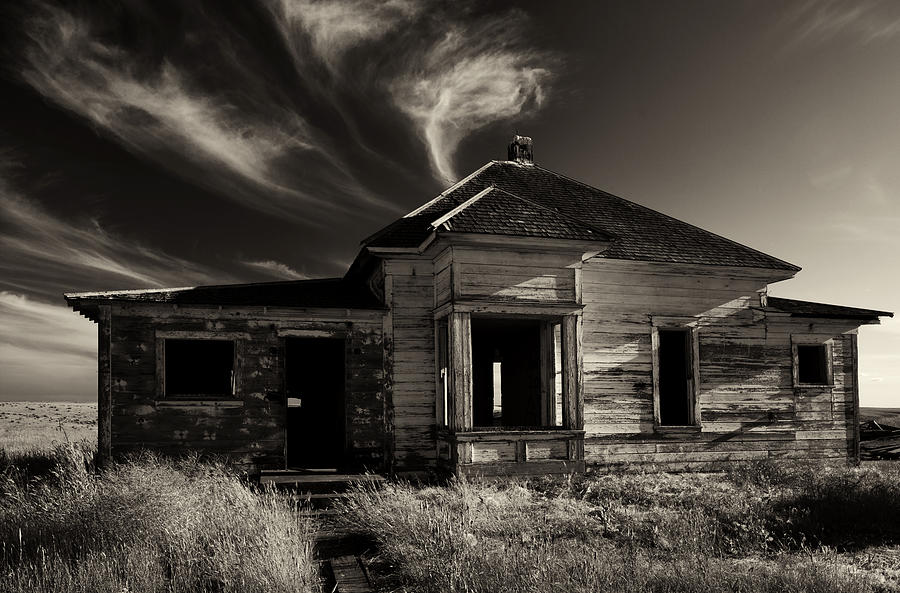

It reflected Friedrich's belief that the divinity of God could be best found in nature. Fir trees rise around the cross, evergreen and everlasting, like the hope of men in Him, the crucified Christ." This was a groundbreaking reinterpretation of the genre of landscape painting giving it a new level of potential significance. The cross stands on a rock, as unshakably firm as our faith in Jesus Christ.

The glowing sun is sinking, and the Saviour on the cross shines in the crimson of the sunset. He described the work: "High up on the summit stands the cross, surrounded by evergreen fir trees, and evergreen ivy twines about the base of the cross. Indeed, although the altarpiece includes a crucifix, the emphasis is placed on the spiritual essence of nature. This painting, one of his earliest, embodies many of the Romantic motifs and themes he would address throughout his career, most notably the important symbolism of the landscape itself. The frame features a range of Christian symbols, including the heads of five baby angels, a star, grapes and vines, corn, and the eye of God. The shaped canvas is set in an elaborate frame, designed by the artist but carved by his friend Gottlieb Christian Kuhn. Five beams of light emanate from a distant, unseen horizon. The cloud-filled sky is rendered in shades of red, pink, and violet which fade from dark to light from the top to the bottom of the canvas. Modernists would learn from his use of subdued color and the simplicity of his compositions that still conveyed profound ideas.ġ807-08 The Cross in the Mountains (The Tetschen Altar)Ĭommonly referred to as The Tetschen Altar, Friedrich's The Cross in the Mountains features a pine-covered mountaintop upon which stands a large crucifix. The visual minimalism of his paintings was so unusual that his audiences were often confused reportedly, one group of art enthusiasts who visited his studio viewed a work upside down on the easel, believing the clouds were waves and the water was the sky. Friedrich's subtle color palette and emphasis on light often created an overwhelming sense of emptiness that would influence Modern Art.Through his sensitive depictions of mist, fog, darkness, and light, the artist conveyed the infinite power and timelessness of the natural realm the viewer is physically reminded of his frailty and insignificance. Dismissing the picturesque traditions of landscape painting, Friedrich embraced the Romantic notion of the sublime.Using dramatic perspectives and misty, untamed expanses that dwarfed any figures, Friedrich encouraged the viewer to accept the awesome power of nature as evidence of a divine spirit. While conservative contemporaries challenged Friedrich's allegorical and religious landscapes, the artist maintained that his work never simply replicated a view, but rather provided opportunity to contemplate God's presence in the world.

This integration of spiritual significance with landscape painting made him a popular success. Friedrich's moody landscapes, which often thrust the viewer into the wilds of nature, created an emotional connection with the viewer rather than a more literal interaction with the scene.


 0 kommentar(er)
0 kommentar(er)
